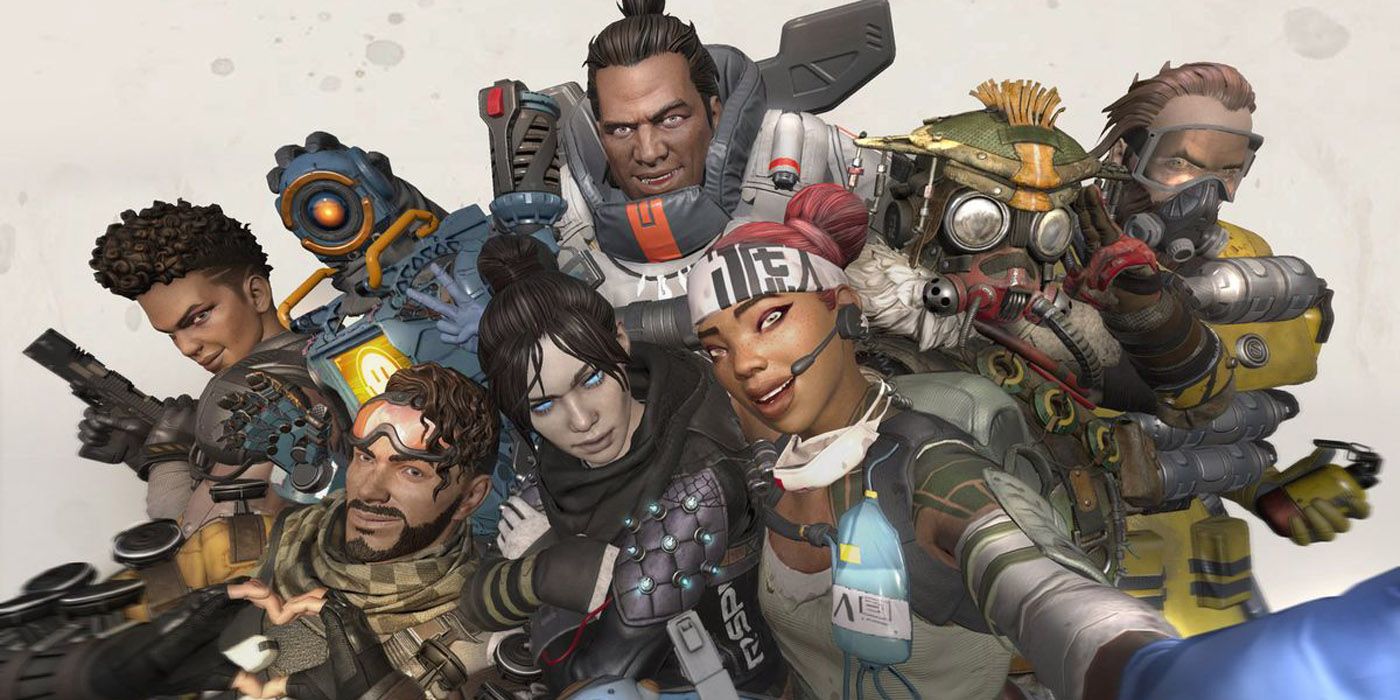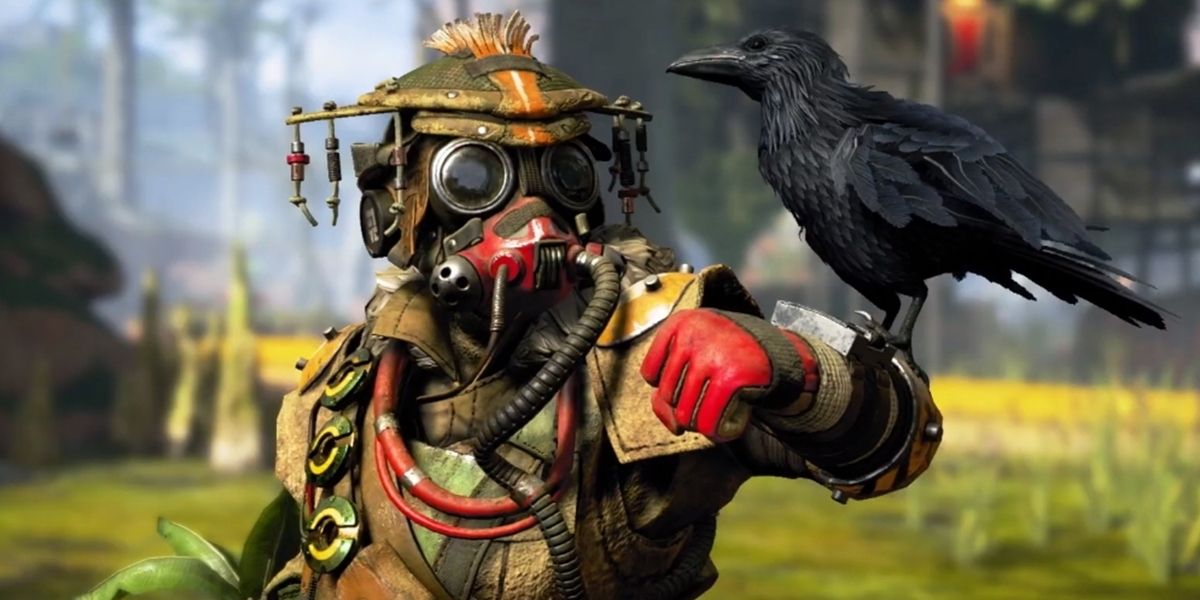Representation matters. Not only does it influence how people of the world see each other, but also how we view ourselves. While activists have been pushing for better representation of all kinds in various mediums, perhaps no platform is better suited for representing people of all genders than video games. In games, players often assume the roles of characters entirely different for them, sharing in their glories and emphasizing with their struggles.
Positive representation can help those who have existed on the margins of society be seen as fully human and deserving of respect rather than the ridicule they are often subjected to by others. But while there has been some progress in terms of representing transgender and non-binary persons in gaming, there is still a lot of work to be done.
In games where players are able to customize their player character, some game developers have made progress in terms of ensuring trans and non-binary players have options that allow them to express their individual gender identities. While most older games forced players to select their gender at the start of the game and limited customization options to this binary choice, lots of new games allow for more fluidity by omitting the gender selection and allowing players to choose physical attributes and clothing options freely. Animal Crossing: New Horizons is a perfect example of this. Players don't need to choose to be male to unlock masculine hairstyles or female to unlock feminine clothing. The options are all inclusive, allowing for gender expression without labels or arbitrary in-game limits.
Some photorealistic character creation systems use sliders and numeric values for physical features, making characters much more personalized. The Sims 4 has the most inclusive options, as the game allows players to choose whether a Sim has a masculine or feminine physical frame, which clothing they prefer, whether they can get pregnant and if they use the toilet standing. The upcoming Cyberpunk 2077 is supposed to follow suit with a character creation system that is also gender-neutral.
These options are great, but they are no substitute for actual canon representation of trans and non-binary characters, of which there are next to none in gaming. For one, if the only character that can be trans is the player-created avatar in a single-player game, then there isn't actually trans visibility, as they will literally only be visible to the person who creates them. Players who choose not to use these options (whether it's because they don't apply to them, they don't realize they're available or they hold a negative view of gender minorities) never have to see or empathize with a trans or non-binary person in-game.
Additionally, customizable characters are, typically, blank slates that allow the player to imbue them with their own desired traits. This means that these characters -- when and if created -- don't truly exemplify the experiences of gender minorities the way actual canon characters with their own stories can.
There are very few trans or non-binary characters in gaming, and virtually none who are prominent and visible characters. While some characters, like Blanche from Pokémon GO, are androgynous and rarely (if ever) referred to using gendered pronouns, they have not had their identities officially confirmed. In Blanche's case in particular, even it they were to be confirmed as non-binary, they would still be a pretty obscure character in a side game within a huge franchise overshadowed by more prominent human characters and Pokémon.
Perhaps the most significant canonically non-binary character is Bloodhound from Apex Legends, one of the game's free, basic legends. But while Bloodhound's gender identity is officially confirmed, the battle royale genre isn't known for its deep lore or character arcs.
While Bloodhound might be a step in the right direction, just like the character customization options, their inclusion is a small step towards adequate representation of gender minorities in the gaming world. This doesn't mean that every non-binary character needs to be front and center for every game or have a full character arc even in games that aren't meant to be story-heavy. But to make gender minorities truly visible, these characters require depth and personality. They need to be treated like any other character that players can interact and empathize with.
Not only is representation important for increasing the visibility of gender minorities, but it also allows players who identify as gender minorities to see themselves reflected in the fictional worlds they love. Even in games where players can express their gender identity through their avatar, characters who are canonically transgender or non-binary remind players (especially those players who are just starting to question or explore their assigned genders) that they are not alone.



